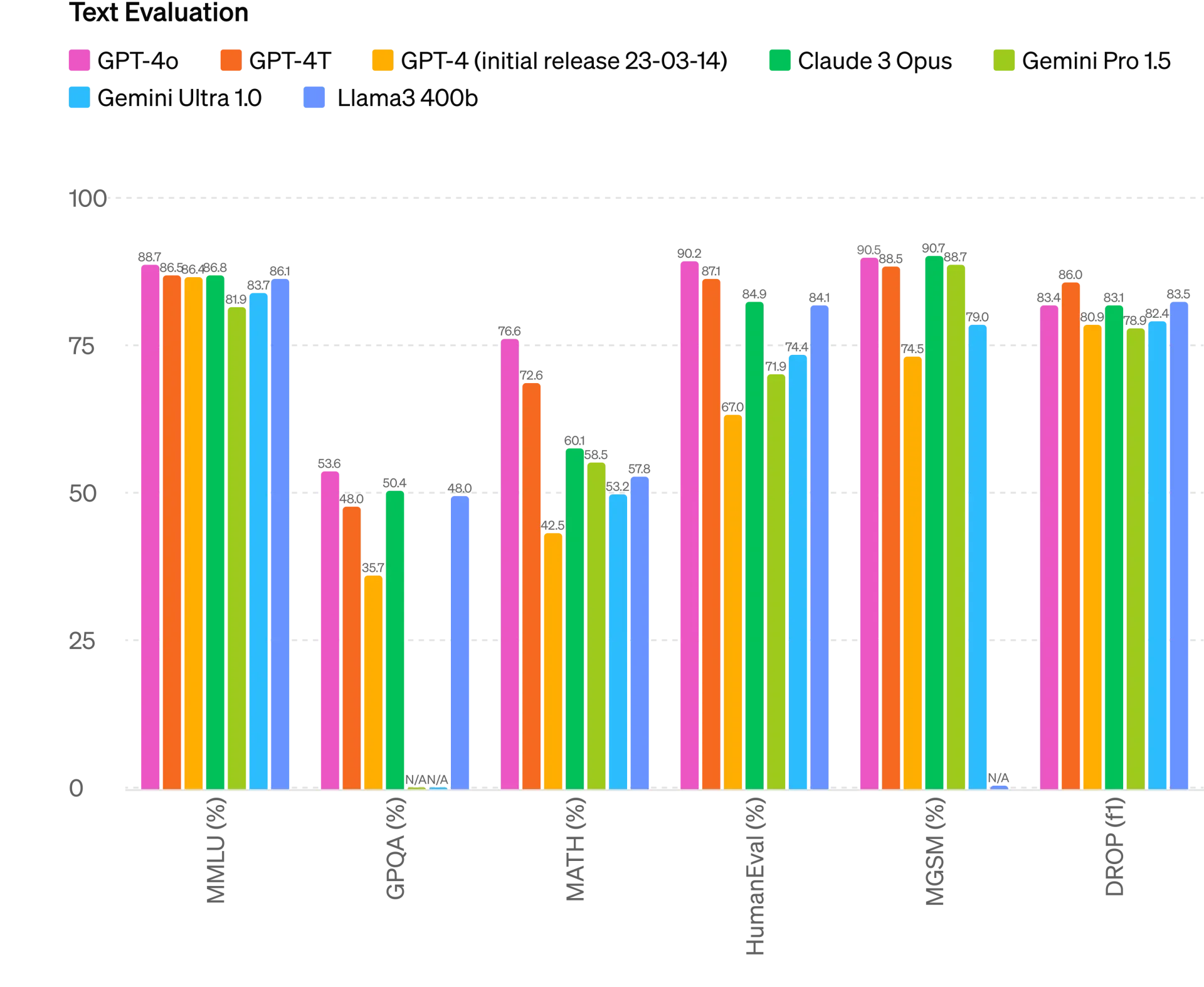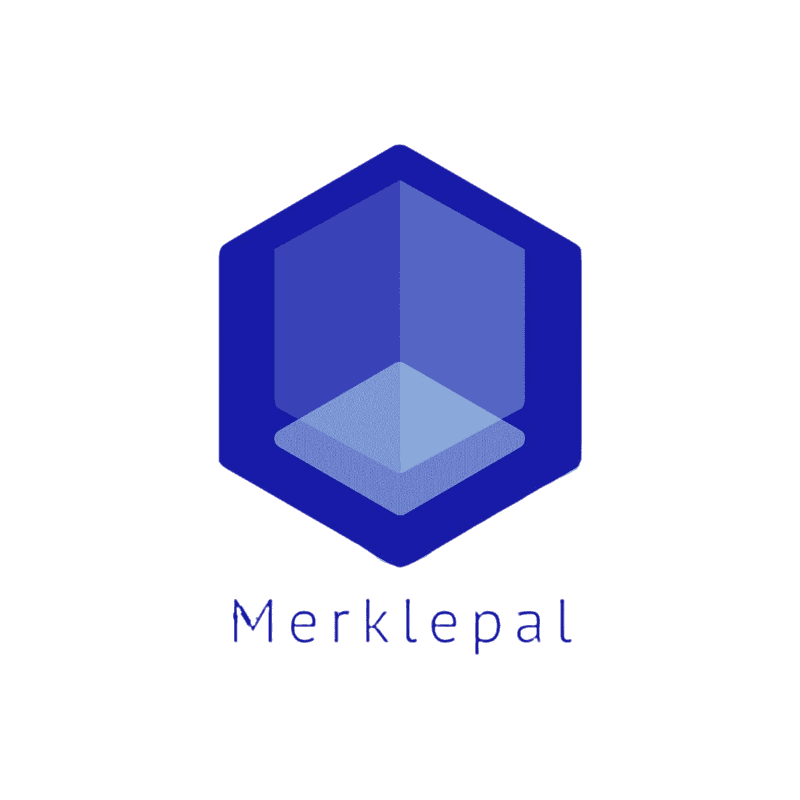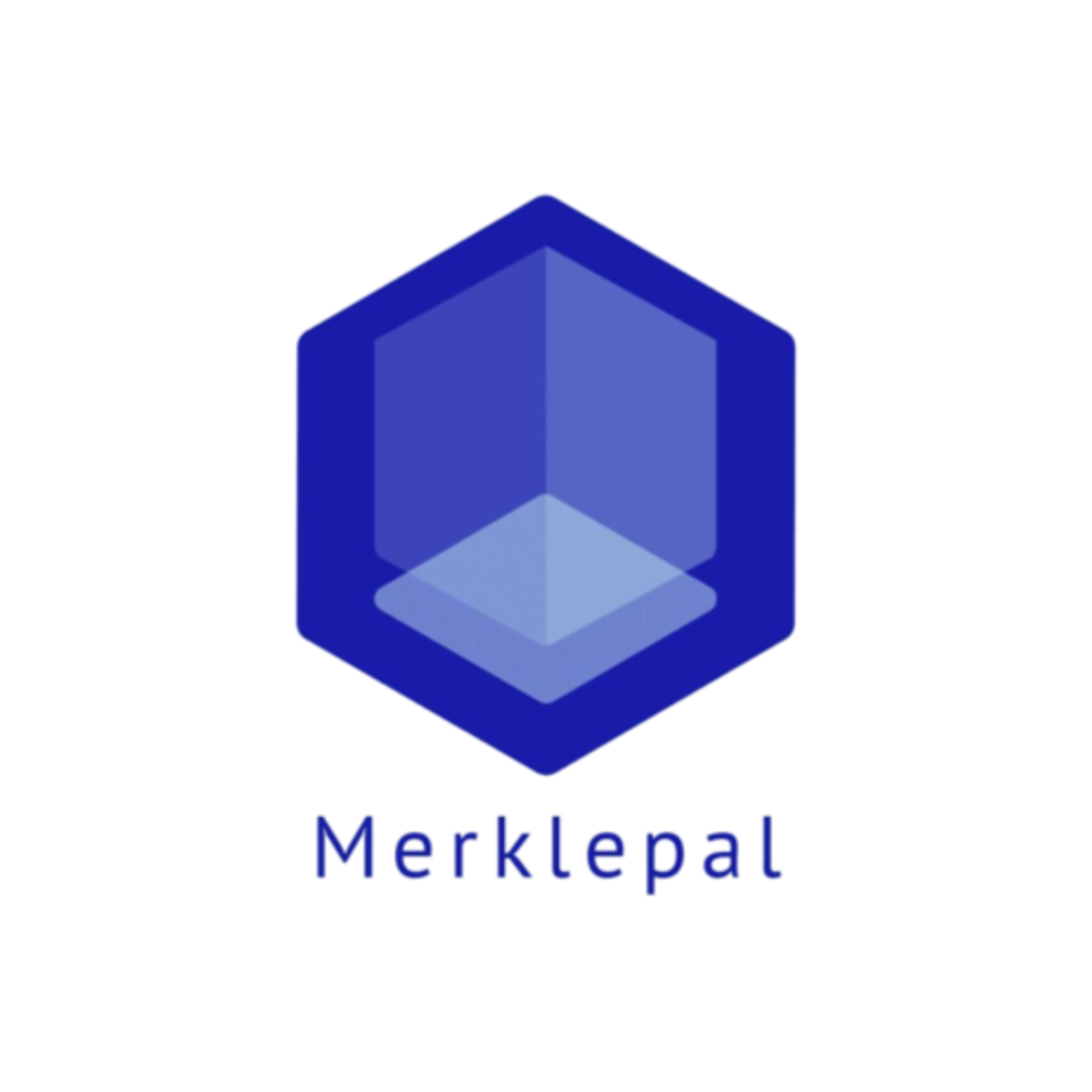OpenAI Unveils GPT-4o
OpenAI is making GPT-4o accessible to all users, including free users while offering higher capacity limits for paid subscribers.

OpenAI, a leading research organization in artificial intelligence, has introduced its latest innovation: GPT-4o, a multimodal AI model designed to revolutionize human-machine interaction. Building upon the success of its predecessor, GPT-4, this new model combines advanced capabilities in text, images, and audio, setting a new standard for AI technology.
During a live presentation at OpenAI's headquarters in San Francisco, Chief Technology Officer Mira Murati highlighted the significance of GPT-4o's versatility. Muri Murati stated GPT-4o's ability to reason across various modalities in real-time. With impressive responsiveness to voice prompts and swift processing times, averaging just 232 milliseconds, GPT-4o offers a more natural and intuitive interaction experience.
GPT-4o's capabilities were showcased through demonstrations with ChatGPT, OpenAI's AI-powered chatbot, illustrating its proficiency in tasks such as solving math problems, interpreting code, and even understanding emotions. The model's adaptability to interruptions further enhances its usability, making conversations feel seamless and effortless.
Performance-wise, GPT-4o impresses with its capabilities on English text and coding tasks, while significantly improving multilingual performance at a reduced cost. Achieving a remarkable 87.2% on 5-shot MMLU (general knowledge questions), GPT-4o also demonstrates superior speech recognition performance across multiple languages and sets new benchmarks in speech translation and visual perception tasks.

OpenAI is making GPT-4o accessible to all users, including free users while offering higher capacity limits for paid subscribers. With efficiency improvements at every layer of the stack, GPT-4o is not only twice as fast and half the price of its predecessor, GPT-4 Turbo, but also boasts a fivefold increase in rate limits.
Alongside the launch of GPT-4o, OpenAI introduced a new desktop version of ChatGPT and an updated user interface aimed at enhancing user experience. As AI models become more complex, OpenAI remains committed to making interactions more intuitive and seamless, prioritizing user interaction over interface design.
OpenAI is taking a cautious approach to rolling out GPT-4o, integrating text and image features into ChatGPT and the API initially, with audio and video capabilities to follow after further testing. Safety remains paramount, with the model undergoing rigorous evaluation to address potential risks.
GPT-4o represents a significant leap forward in the evolution of AI assistants, making them more intelligent, user-friendly, and accessible. As OpenAI gradually introduces GPT-4o across its products in the coming weeks, users can anticipate a transformative shift in their interactions with AI technology.




